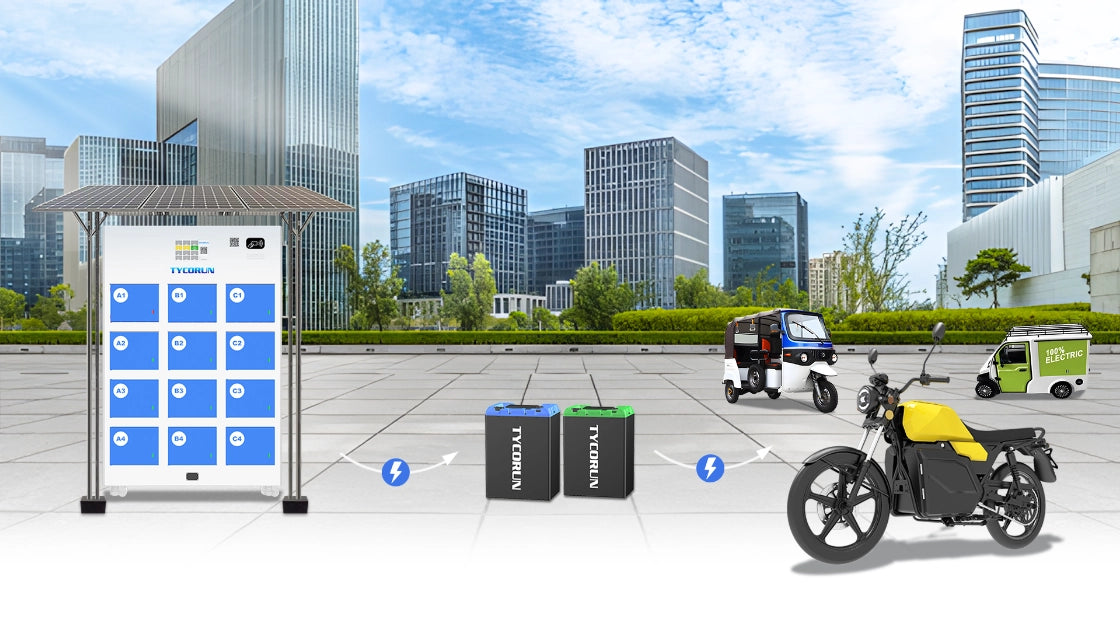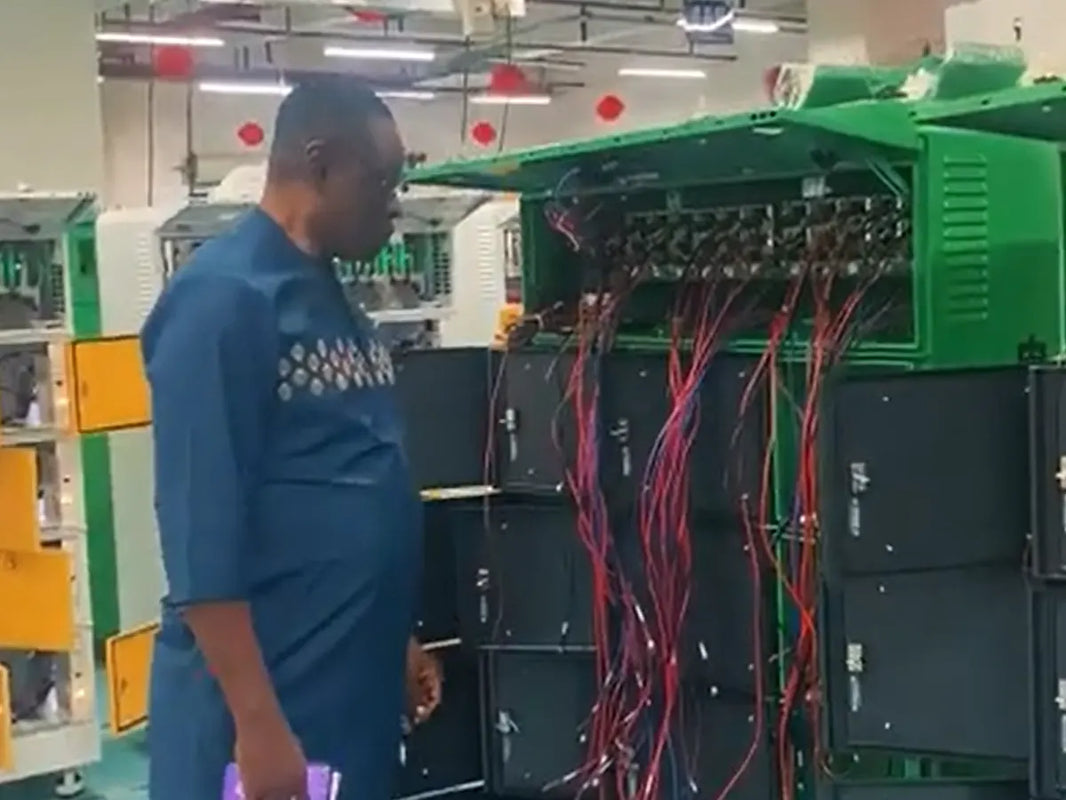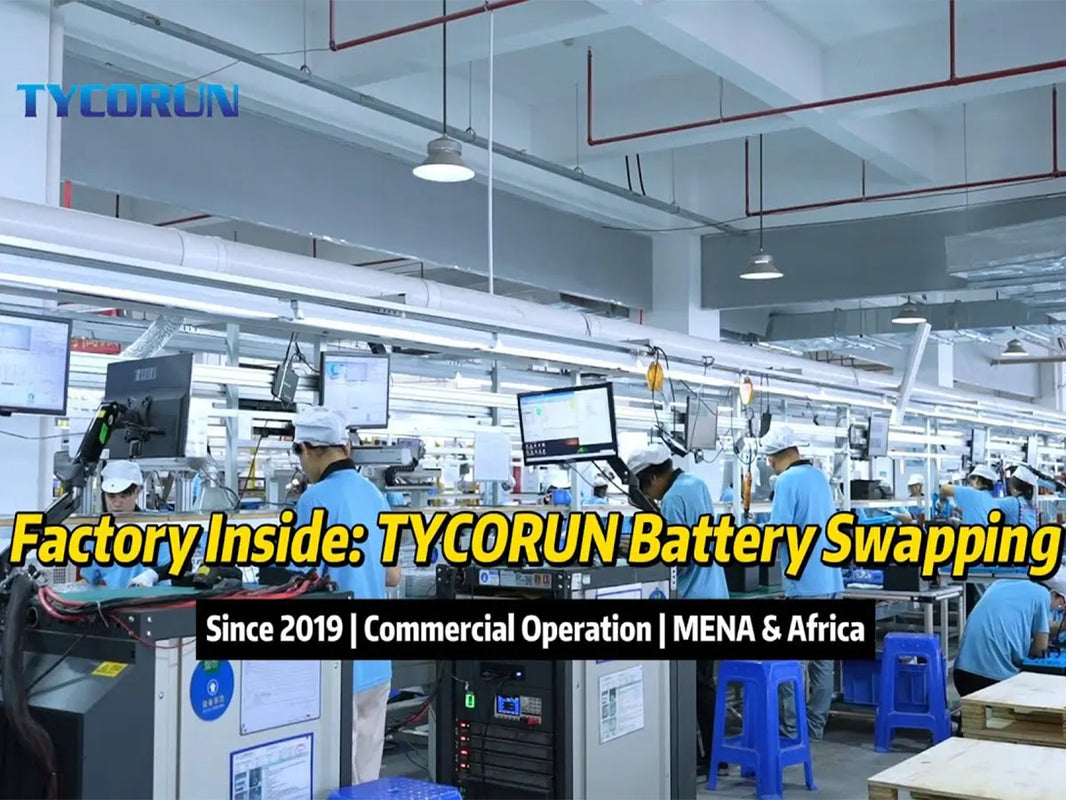
Main content:
At present, the market demand for lead-acid batteries is mainly concentrated in the fields of electric two wheelers, start stop power supplies, and communication base stations. With the development of communication base stations and data centers, the demand for lead-acid batteries is also increasing, especially in the field of data centers. Due to the safety issues of lithium batteries, lead-acid batteries are still the main choice.
This article will discuss what is flooded battery since flooded battery is also an important type of lead-acid battery market, from the meaning of flooded battery, the type of flooded battery to the maintenance of it.
What is flooded battery
Flooded battery, also known as wet lead acid battery, is a traditional lead-acid battery with a free liquid electrolyte that requires regular maintenance and water addition. The electrolyte of this battery is liquid, and the interior of the battery is filled with a mixed solution of sulfuric acid and water.
Regular maintenance is required as moisture evaporates during charging and discharging, therefore it is necessary to replenish distilled water in a timely manner. Flooded battery has high charging and discharging efficiency and is suitable for high current discharge applications.

The type of flooded battery
The type of flooded battery is also an important part in knowing what is flooded battery so let's have a look at the common types of flooded battery.
Open cell battery
Open cell batteries, also known as traditional lead-acid batteries or rechargeable batteries, require vertical installation to avoid electrolyte leakage. Commonly used in industrial equipment, electric forklifts, backup power supplies, etc.
Valve controlled battery
Valve controlled battery cells which is also called the sealed lead acid battery, have a sealed structure that does not require acid or water maintenance during use, does not leak acid, and can be used in any position (inverted use is not recommended). There is no acid mist precipitation during use, and the battery has a long lifespan and low self discharge rate.
The battery cover is equipped with a one-way exhaust valve, also known as a safety valve. The function of this valve is to automatically open the exhaust valve and release gas when the internal gas volume of the battery exceeds a certain value (usually represented by air pressure); After the internal pressure of the battery drops to a safe level, the valve will automatically close to prevent air from entering the battery.
Enhanced Liquid Lead Acid Battery (EFB)
Enhanced flooded battery batteries are upgraded versions of flooded battery batteries suitable for vehicle start stop systems. Using special active materials to improve charge discharge performance and cycle life. Low maintenance requirements, some models are designed to require no maintenance and have a longer lifespan than ordinary flooded battery batteries.

Pros and cons of flooded battery
Flooded batteries have many significant advantages and some bad sides. The following is the advantages and disadvantages for you to get a better understanding of what is flooded battery.
Advantages
The relatively low manufacturing cost makes it highly competitive in price sensitive markets. The residual value rate of lead-acid batteries is higher, generally stable at 30-40% of the battery's capacity, because lead-acid batteries can be exchanged for new ones, making battery replacement more cost-effective.
Mature technology, high reliability, and long-term practical testing, capable of stable operation in various harsh environments.
The recycling system is relatively complete, and lead and other materials in waste batteries can be reused through effective recycling processes, reducing environmental pollution and lowering resource consumption.
Good thermal stability performance, because the electrolyte of lead-acid batteries is dilute sulfuric acid aqueous solution, and the temperature of thermal runaway is 200 degrees, so there is no need to worry about thermal runaway.
High safety, lead-acid batteries adopt an open design physical structure, which can release pressure in a timely manner during overcharging or short circuit, without the risk of explosion.

Disadvantages
However, flooded battery batteries also have some significant drawbacks that cannot be ignored.
The energy density is relatively low, which means that the amount of stored electrical energy is limited under the same weight and volume. It is relatively bulky and not suitable for application scenarios with strict requirements for weight and volume.
The number of charge and discharge cycles is relatively small, usually around a few hundred times. After multiple charging and discharging cycles, the performance of the battery will gradually decline and the endurance will be greatly reduced.
Sensitive to environmental temperature. In high temperature environments, its service life will be shortened; In low-temperature environments, its discharge capacity will significantly decrease.
The loss of water affects the lifespan. Due to incomplete recombination reactions and corrosion of the electrode plate, water loss may occur. If distilled water is not replenished in a timely manner, it may accelerate the corrosion of the positive electrode plate and affect the battery lifespan.
Applications of flooded battery
It will be necessary to know the applications of this kind of battery when have the answer to the question, "what is flooded battery".
Traffic starter battery
Used for starting, lighting, and ignition (SLI) of cars, trucks, and motorcycles. Provide short-term high current, suitable for engine start-up, suitable for electric forklifts, electric golf carts, electric wheelchairs, etc., can be charged and discharged multiple times.
Ships and railways
Used for starting ship engines, power supply, railway signal systems, etc. High durability batteries that are resistant to vibration and corrosion.
Used in critical equipment such as data centers, factories, banks, and communication base stations to prevent losses caused by sudden power outages. Requires batteries with high battery capacity and stable power supply.

Maintenance of flooded battery
Knowing what is flooded battery is not enough but learn how to use and maintain will help you save cost. Here is a simple guide to maintain flooded batteries.
Suitable charging program for flooded battery batteries
Check the manufacturer's specifications for recommended voltage thresholds.
Keep the battery clean and prevent pole oxidation
Charge the lead-acid battery after each use to prevent sulfation. Do not store on low battery.
Regularly check the electrolyte level and replenish distilled water
The plates of flooded battery batteries must always be completely immersed in the electrolyte. If the battery is low, please fill the battery with distilled water or deionized water to cover the plates. Do not add electrolytes.
Avoid excessive discharge and prolonged idle time
If the ambient temperature is above 29 ° C (85 ° F), reduce the floating charging voltage. Do not let lead acid freeze. Empty batteries freeze faster than fully charged batteries. Do not charge frozen batteries. Avoid charging at temperatures above 49 ° C (120 ° F).

Conclusion
Through the article above, what is flooded battery and is it still important in our life are answered clearly and brifely. Flooded battery still holds an important position in transportation, industrial energy storage, communication base stations, and backup power sources due to its low cost, high safety, and excellent recycling system. Despite the rise of lithium batteries, their low cost, high reliability, and mature and reliable technology still give them irreplaceable advantages in specific markets.
Related articles: AGM vs flooded battery, lifepo4 vs lead acid, lead acid vs lithium ion















